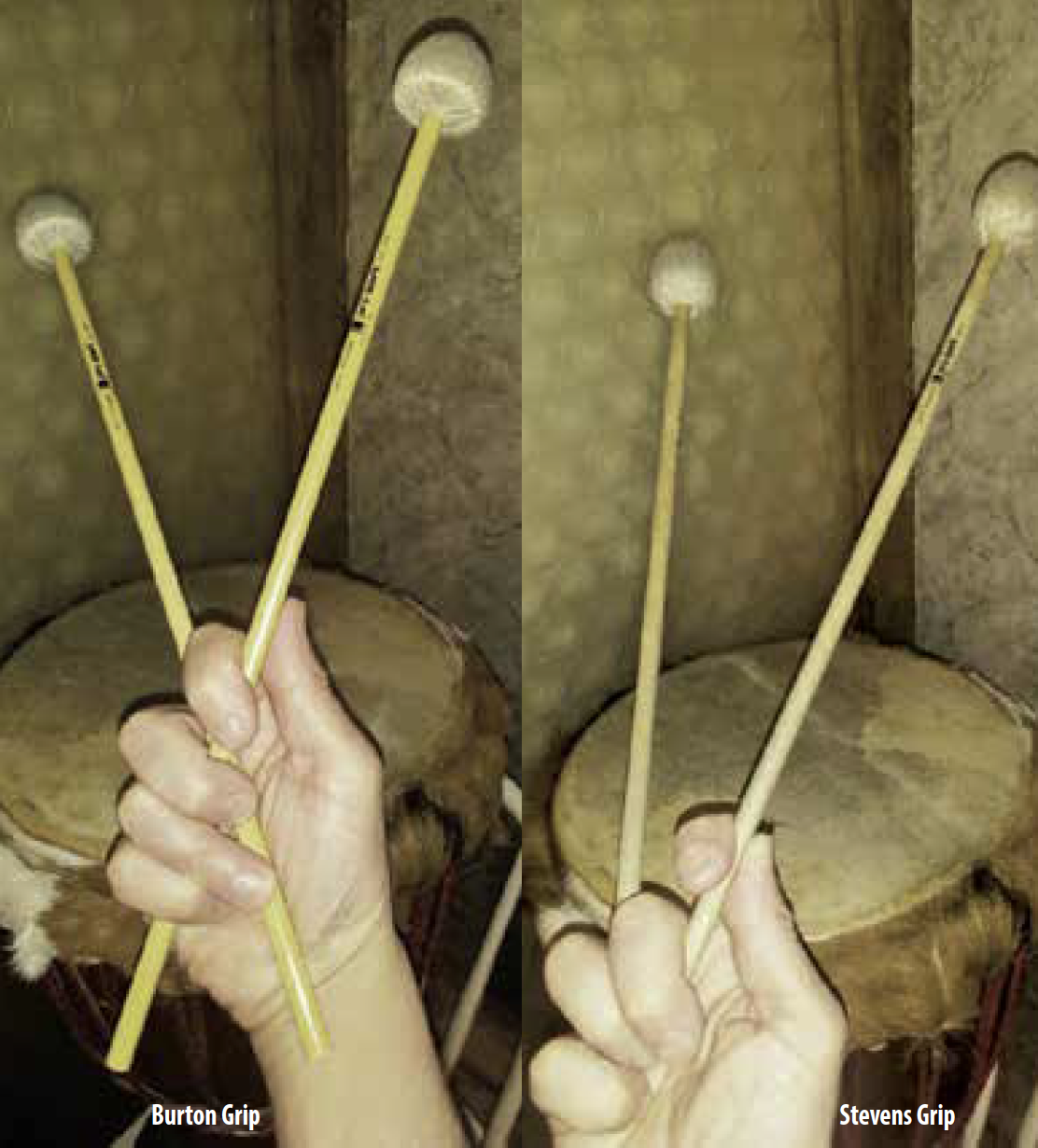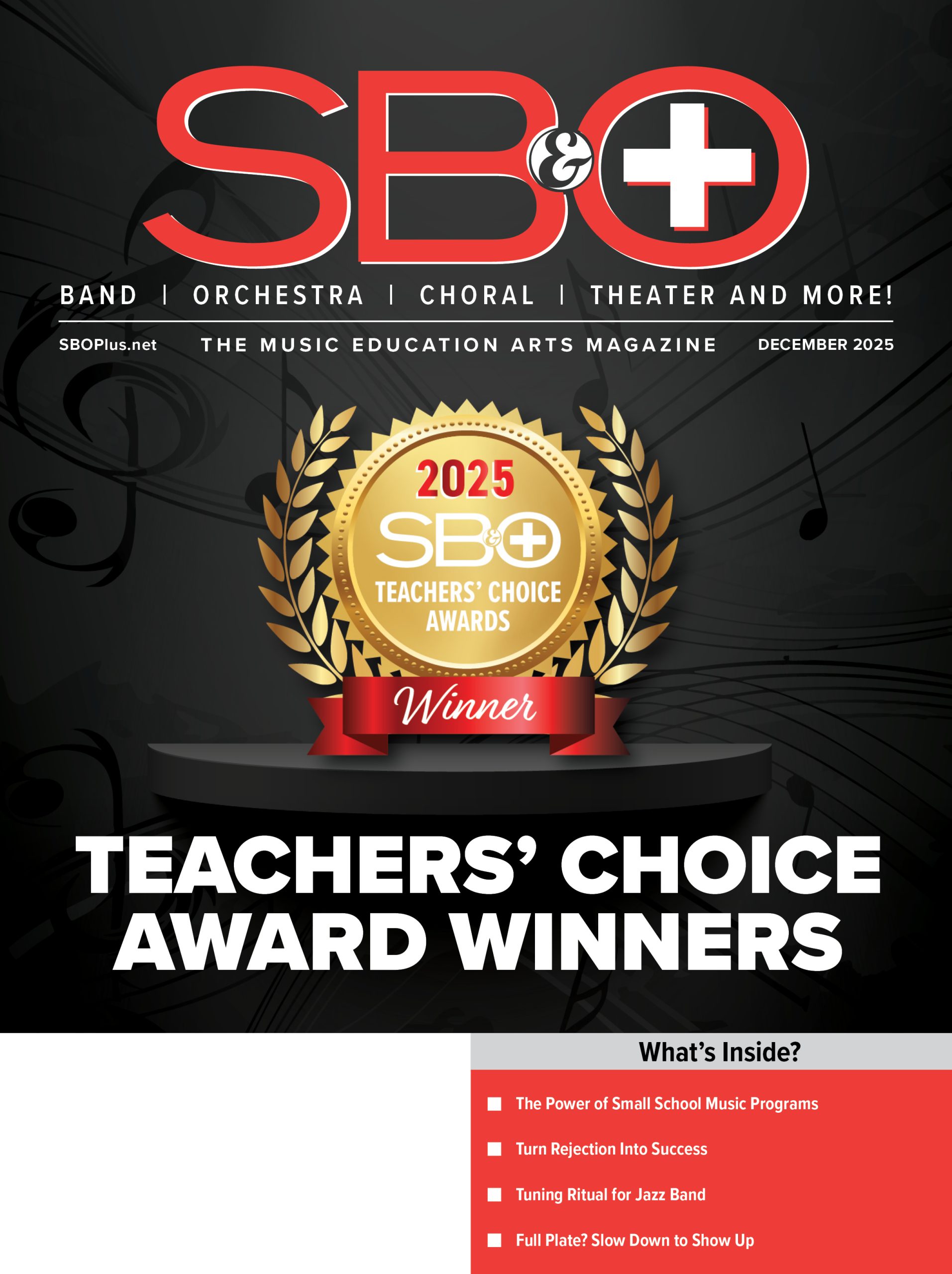 The marimba is not your ordinary instrument. Jumping right into the marimba can be very frustrating for a beginner.
The marimba is not your ordinary instrument. Jumping right into the marimba can be very frustrating for a beginner.
If your student has never played the instrument, the sight of the wooden bars can be intimidating. I will provide some tips to make their beginning experience with the marimba easier and more enjoyable.
First of all, the pattern on a marimba is exactly the same as a piano. The white keys are on the bottom and the black keys (sharps and flats) are elevated above. The only difference is that the marimba keys are much bigger and they are struck with mallets rather than your fingers. I recommend looking at both the piano and the marimba, and have them observe that the patterns and layouts are exactly the same. For this reason, I also highly recommend that anyone interested in playing the marimba take basic piano lessons for a year. This will really help the transition and give them a head start in tackling the more exotic marimba.
I also recommend starting on a basic set of bells and a xylophone before they play a marimba. The bells and xylophone are also the same as the marimba in terms of layout of the keys. Playing simple and familiar songs on either the xylophone or bells will help them become familiar with the instrument. I recommend songs that everyone knows, such as Christmas songs, so that their ear is already familiar with the melodies.
Another obvious but extremely important aspect of preparing to play the marimba is to learn how to read music. Don’t let the student get frustrated if they are not immediately an expert at reading music. This takes years. Instead, focus on learning what the notes are on the treble and bass clef and memorizing them.
While students are learning basic music reading skills, let them have fun and enjoy themselves playing songs by ear on the marimba. Have them pick a very simple song or melody and figure it out just by using their ear. There are many pedagogy programs for children that are built on playing by ear and even basic singing. One of the more well-known methods is “Kodaly.” Singing a song before they play it on the marimba can be a very fun, effective and easy way to get started.
The other important aspect of learning how to play the marimba is discovering basic technique. Placing one mallet in each hand and squeezing your thumb and index finger on the mallet is called the “fulcrum.” This is the point of leverage on the marimba mallet and it should be three quarters of the way down from the mallet head on the wooden shaft.
Moving your hands up and down using your wrists as if you are waving goodbye is the proper motion for marimba technique. After striking the keys, allow the mallet to rebound. This is called the “piston stroke.” Allowing the mallets to rebound helps draw the sound out of the instrument. Always avoid the “nodes!” This is the part of the marimba bar right above the strings, and it produces a “dead” sound.
Learning all of the major scales is also very important for the developing marimba player. Your students should memorize all the scales and play them using the proper technique described in the paragraph above. It is also perfectly fine to learn scales on a piano first. As a matter of fact, I think it is a great idea to do so because you will become more familiar with keyboard instruments in general.
Many marimba players perform using four mallets. Do not let your students get frustrated if they can’t do this yet! It takes time to play with four mallets and they have to become adequate at playing two mallets first and foremost. When they are ready for four mallets, I recommend starting with the “Burton Grip” and play only block chords on the marimba. This would be the 1st, 3rd, 5th, and 1st notes on the major scale, or otherwise called the “major triad.”
Just remember to be very patient and do not let your students get frustrated as they learn the marimba. Even the greatest marimba masters on earth took many years to master the instrument! I highly recommend “Beginning Exercises and Studies for Two Mallets” by Ney Rosauro to get started.
In 2016, The Huffington Post called Kevin Lucas “the most talented percussionist since Lionel Hampton, Ginger Baker, and Tito Puente”. He has been nominated for 38 music industry awards for his Echoes in the Sand album, and he won the 2016 American Songwriting Awards. Lucas performed with the Madison Scouts Drum and Bugle Corps from 1992- 1994, and won the DCI Midwest Individuals in 1994 for keyboard percussion. He placed second in the United States for concert hall percussion at the Music Teachers National Association collegiate competition in 1997.



















